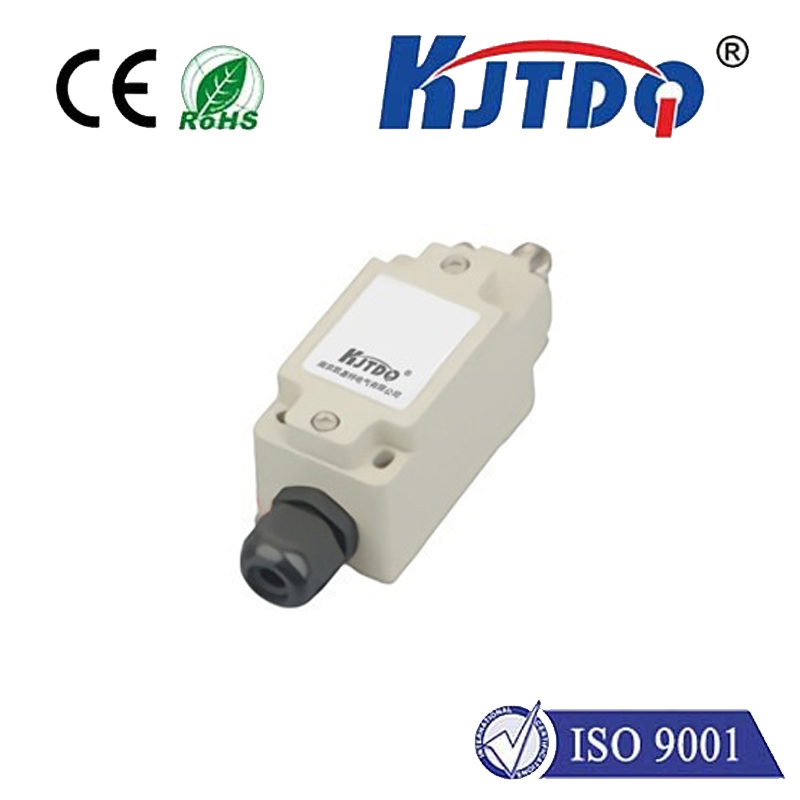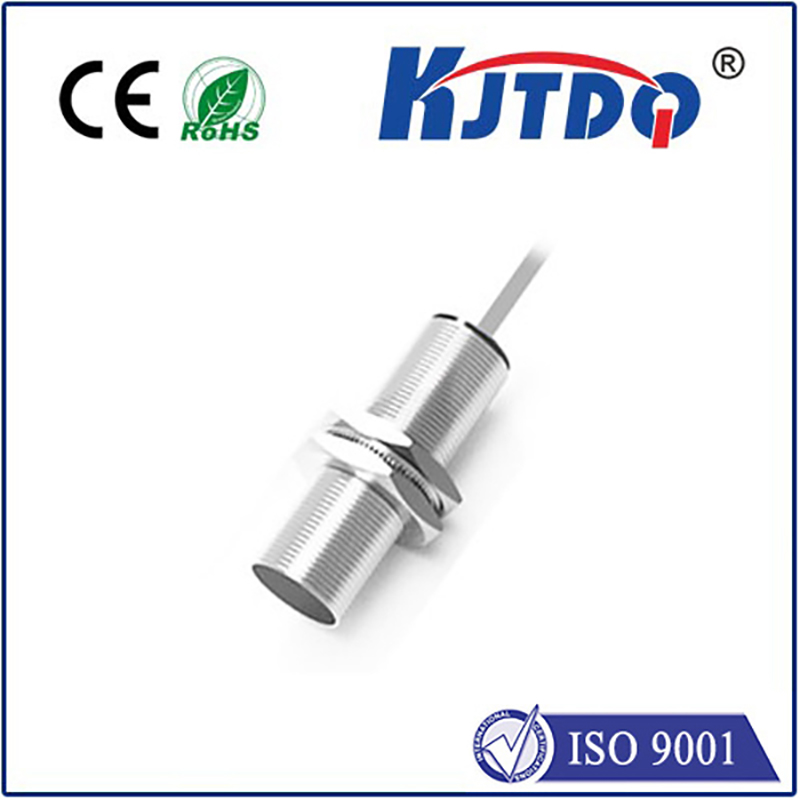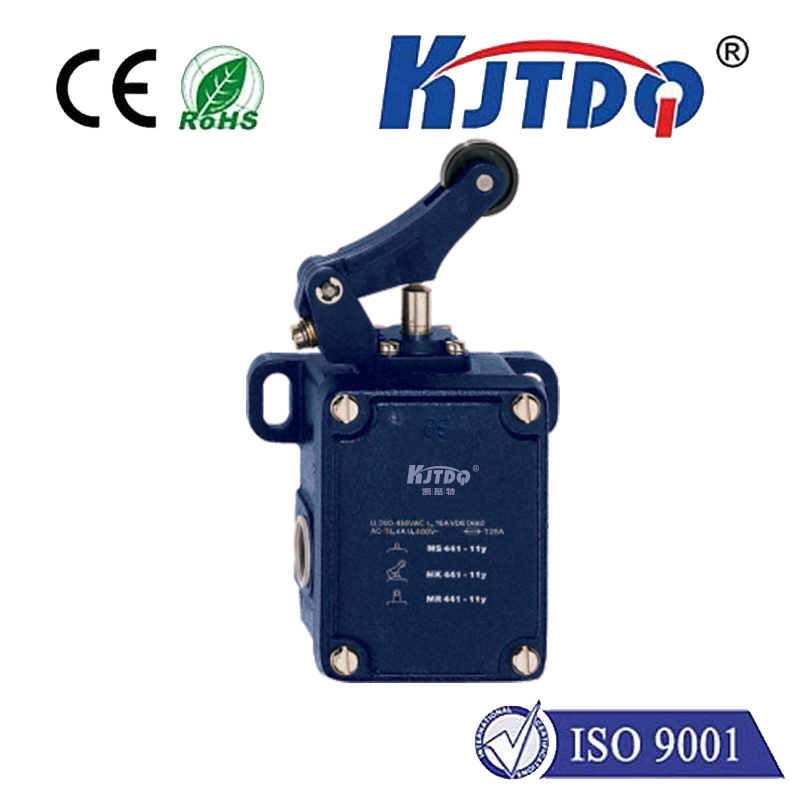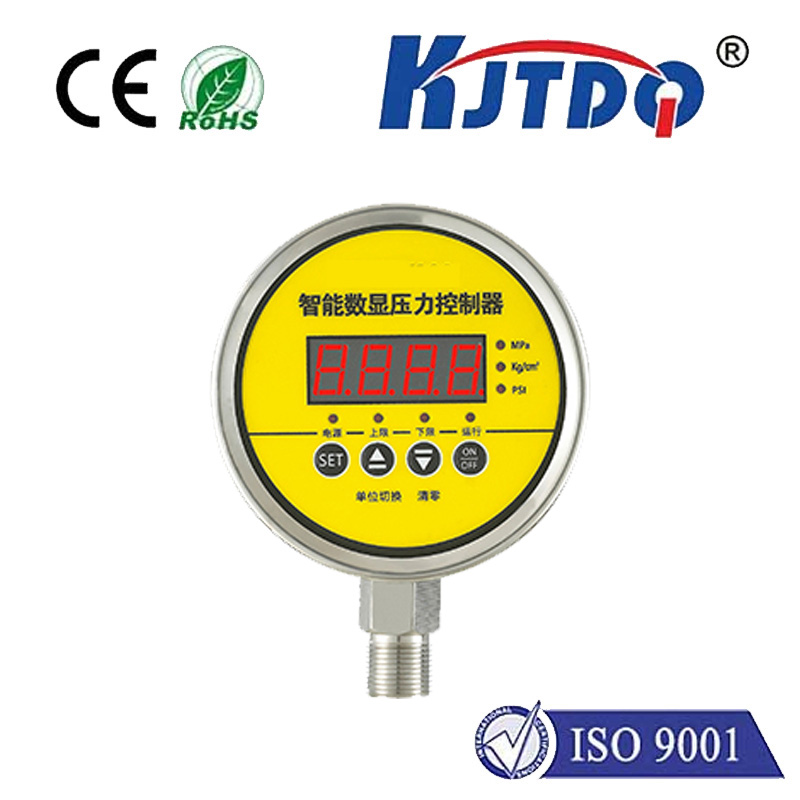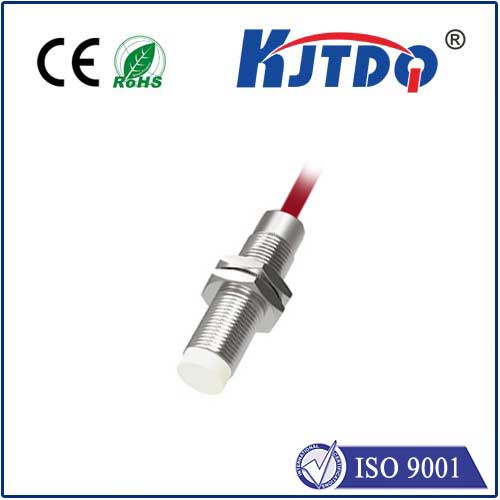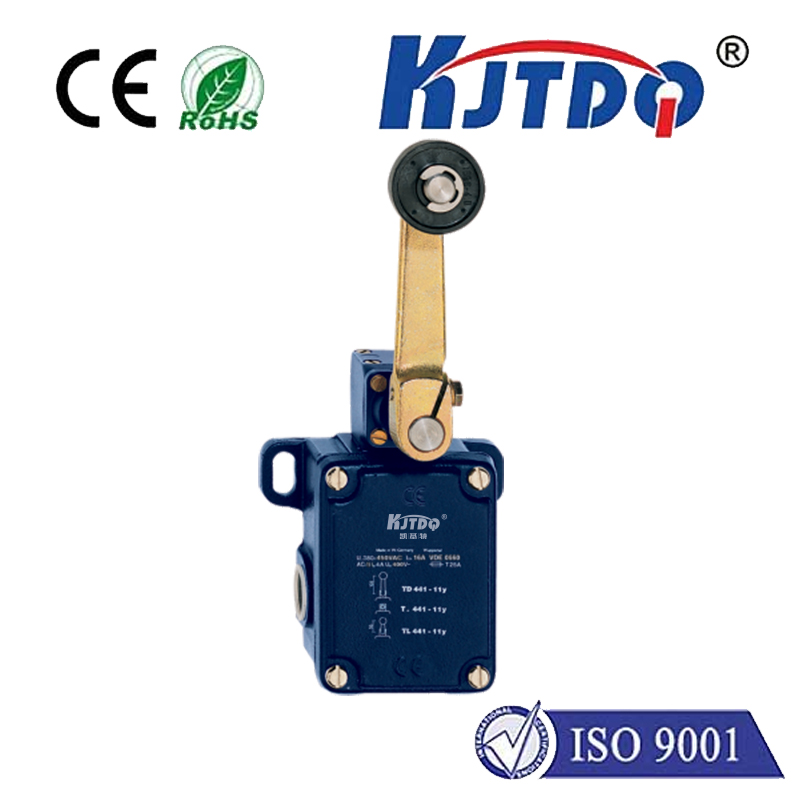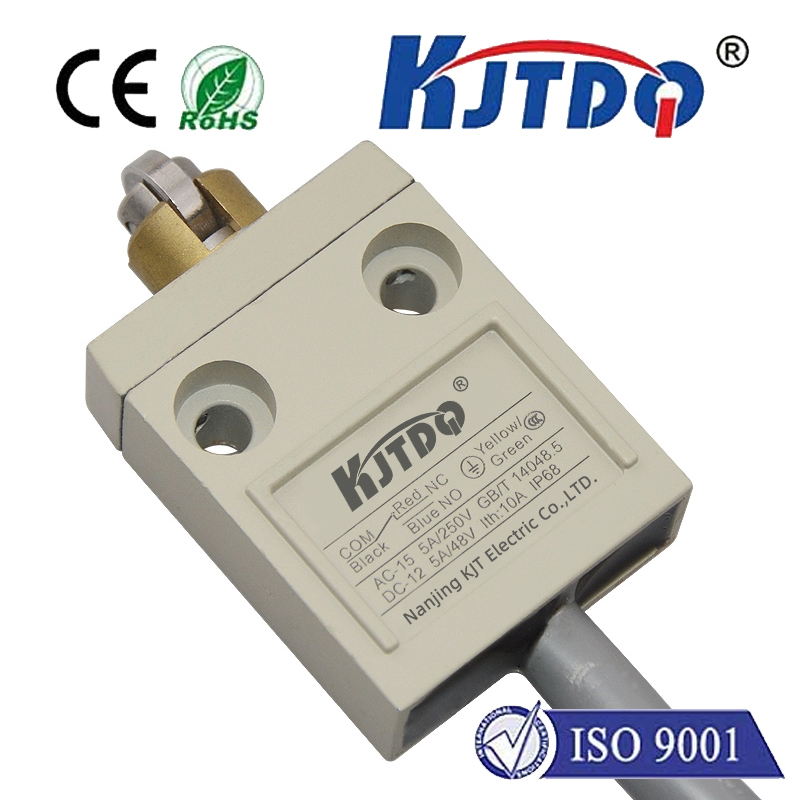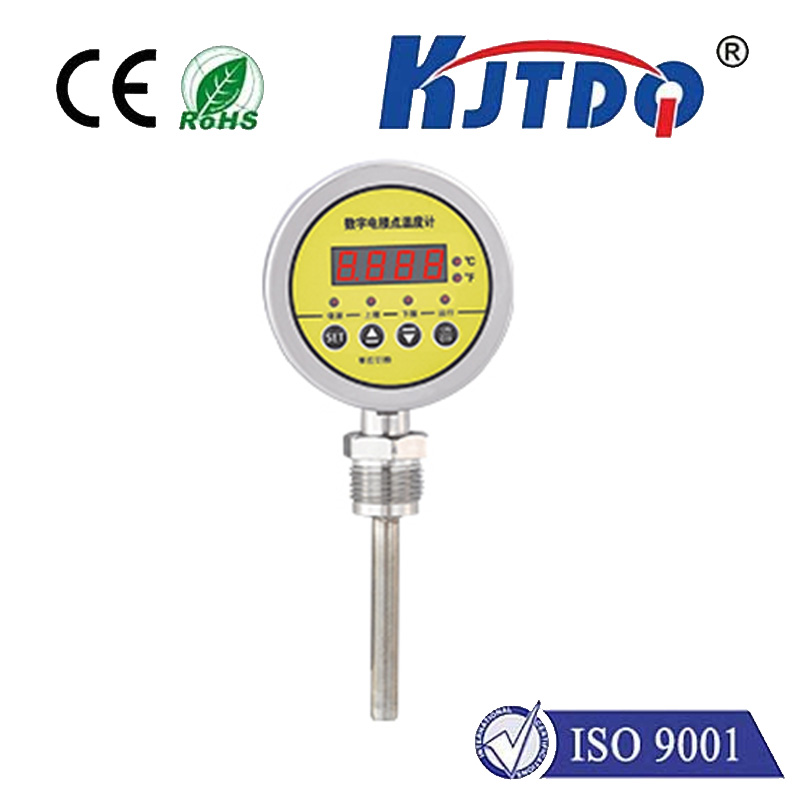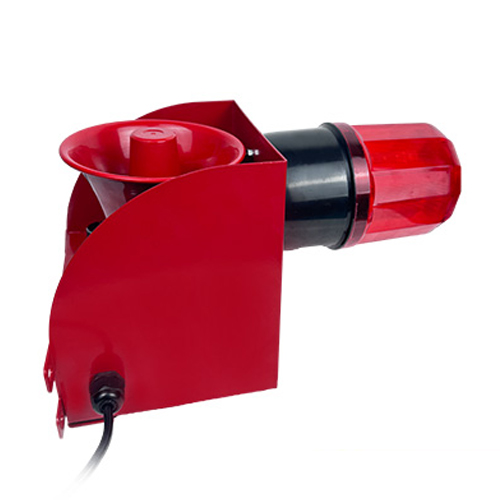BES02TF proximity sensor
- time:2025-10-14 02:26:05
- Click:0
BES02TF Proximity Sensor: Enhancing Efficiency Through Reliable Non-Contact Detection
In the intricate world of industrial automation and machinery control, accuracy and reliability are non-negotiable. Imagine a critical assembly line where a robotic arm needs to pick components precisely from a moving conveyor, or a packaging machine requiring exact carton positioning. Missing that detection point by even a fraction can lead to costly jams, quality issues, or downtime. This is where robust and dependable sensors become the unsung heroes. Among them, the BES02TF Proximity Sensor stands out as a versatile workhorse, specifically engineered for precise, non-contact object detection in challenging environments.
At its core, a proximity sensor like the BES02TF is designed to detect the presence or absence of a metallic target without any physical contact. It operates on the principle of electromagnetic induction. The sensor generates an alternating electromagnetic field emanating from its active face. When a ferrous metal (like steel or iron) enters this field, it induces eddy currents within the metal. These eddy currents cause a measurable change in the sensor’s internal oscillation circuit. Sophisticated electronics within the BES02TF detect this change and trigger its output signal – switching it ON or OFF to indicate the target’s presence. For non-ferrous metals (like aluminum or copper), the detection relies on changes in the oscillation amplitude, though typically at a shorter sensing range compared to ferrous targets.
The designation “BES02TF” typically follows Balluff’s naming convention, indicating several key specifications:
- Compact Form Factor: The “02” often signifies a small barrel size, frequently M8 x 1 (8mm diameter), making it ideal for space-restricted installations.
- Non-Flush Mounting: The “TF” suffix usually denotes that this sensor is designed for non-flush (or shielded) mounting. While flush-mountable sensors can be embedded in metal, non-flush sensors require a small free space around their sensing face (typically 1-2 times the sensor diameter) to achieve their specified range. This design often allows for slightly larger sensing ranges compared to similar-sized flush sensors. Understanding the mounting type is crucial for optimal performance.
- Inductive Technology: The “BES” prefix is standard for Balluff inductive proximity sensors, confirming its core technology for detecting metallic objects.
Key Specifications and Performance Highlights:

So, what makes the BES02TF Proximity Sensor a compelling choice? Let’s delve into its core capabilities:
- Sensing Range (Sn): Typically rated around 2mm for iron targets. This defined range offers the precision needed for applications demanding accurate positioning.
- Operating Frequency: Often operates at a high switching frequency (e.g., 1000 Hz or more), enabling it to detect rapidly passing objects or targets at high speeds – essential for dynamic manufacturing environments.
- Output Configuration: Commonly available in both NPN (sinking) and PNP (sourcing) transistor outputs, including both Normally Open (NO) and Normally Closed (NC) variants. This flexibility allows seamless integration with a vast array of PLCs (Programmable Logic Controllers) and control systems.
- Rugged Construction: Built to withstand industrial rigors. Expect a robust housing (often nickel-plated brass) and high ingress protection ratings like IP67. This means it is dust-tight and can withstand temporary immersion in water, making it suitable for washdown areas or dusty workshops.
- Voltage Range: Typically operates over a wide DC voltage range (e.g., 10-30V DC), offering compatibility with common industrial control voltages.
- Status LED: Incorporates an LED indicator (usually visible from the side or rear) that signals the sensor’s switching state and power status, significantly aiding in commissioning, troubleshooting, and regular maintenance.
- Short-Circuit and Reverse Polarity Protection: Built-in safeguards protect the sensor and the connected circuitry from accidental wiring errors or electrical faults, enhancing system reliability and reducing downtime.
Where the BES02TF Shines: Diverse Applications
The combination of compact size, reliable detection, and ruggedness makes the BES02TF Proximity Sensor indispensable across numerous sectors:
- Factory Automation: Detecting position of machine parts (cylinders end positions), confirming presence of pallets or workpieces on conveyors, monitoring tool changes on CNC machines, counting metallic parts, and controlling automated assembly sequences.
- Material Handling: Verifying the position of carriers, elevators, and slides; detecting packages or containers on sorting and conveyor systems.
- Packaging Machinery: Ensuring cartons or products are correctly positioned for filling, sealing, or labeling; confirming the presence of lids or caps; controlling the indexing of filling stations.
- Automotive Manufacturing: Monitoring robotic arm positions, detecting component presence in welding fixtures, controlling riveting processes, and ensuring correct placement of engine parts on assembly lines. The sensor’s resistance to oils and coolants is critical here.
- Food and Beverage: Used in washdown-compatible areas (requiring specific housing materials like stainless steel versions, not all BES02TF may be stainless – check datasheet) for detecting metal containers or position verification. Its IP67 rating protects against water ingress during cleaning cycles.
- Machine Tools: Tool presence detection in tool changers, monitoring chuck position on lathes, and protecting against collisions by confirming safety doors are closed.
Installation and Integration Considerations
Maximizing the performance and longevity of your BES02TF Proximity Sensor hinges on correct installation:
- Mounting: Securely mount the sensor using its threaded barrel. Remember its non-flush (TF) nature – ensure adequate clearance around the sensing face (refer to datasheet for exact dimensions – usually 1-2 x Sn) from any metallic objects or mounting surfaces to prevent false triggering.
- Target Properties: The sensing range (Sn) is specified for mild steel (Fe360). For other metals (stainless steel, aluminum, copper), the effective sensing range (Sr) will be reduced. Consult sensor documentation for correction factors.
- Target Size: The target should generally be at least equivalent to the sensor’s sensing face diameter for reliable detection at the rated range. Smaller targets require closer proximity.
- Wiring: Connect according to the specific output type (NPN or PNP, NO or NC) to the power supply and controller input. Always observe correct polarity. Using shielded cable in areas with high electromagnetic interference (EMI) is recommended, with the shield grounded at one end.
- Environment: While rugged, avoid extreme temperatures beyond its specified range, direct intense UV radiation, highly corrosive chemicals (unless specifically rated), and severe mechanical shock or vibration.
The Value Proposition: Why Choose the BES02TF?
Investing in a sensor like the BES02TF translates into tangible benefits for any operation:
- Enhanced Reliability: Consistent, non-contact detection minimizes mechanical wear and tear, leading to fewer failures and longer service life compared to mechanical limit switches. Its rugged design ensures consistent operation in tough industrial settings.
- Increased Precision: Accurate detection down to 2mm allows for fine position control and verification critical in modern automation. The high switching frequency enables reliable sensing at high speeds.
- Reduced Downtime: The combination of reliability, built-in protection features (short-circuit, reverse polarity), and easy troubleshooting via the LED indicator minimizes unexpected stoppages.
- Improved Safety: Enables position monitoring






